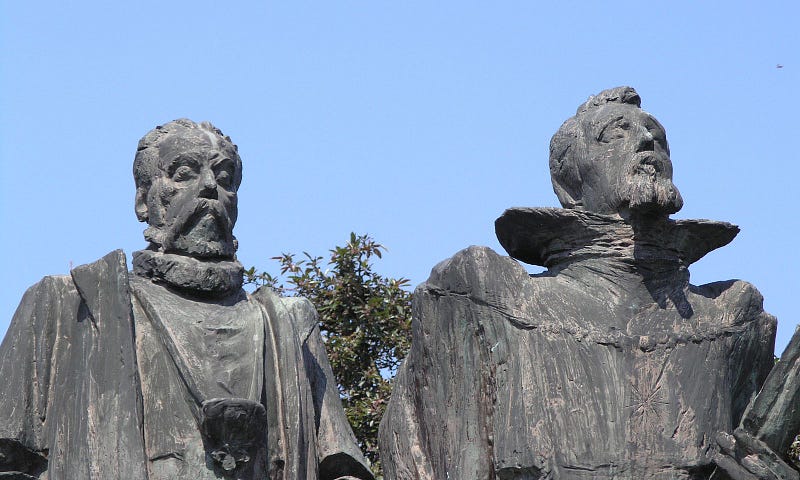Orbiting Around Nothing: The Fascinating Concept of Lagrange Points
Written on
Understanding Orbital Mechanics
Can a satellite maintain an orbit around a point devoid of mass? Most individuals might answer incorrectly. Before diving deeper, jot down your initial thoughts and reasoning. If your answer turns out to be wrong, don’t erase it—consider leaving a comment on how your perspective has shifted. Some may hesitate to comment even if they suspect they’re mistaken.
To comprehend the answer, let’s revisit the fundamentals of orbital mechanics in a simplified manner.
Kepler’s Contributions to Orbital Mechanics
Johannes Kepler made groundbreaking contributions to orbital mechanics. Utilizing data from Tycho Brahe, who gathered information without a telescope, Kepler formulated three laws that have become the bedrock of this field. These laws elegantly explained planetary movements, fundamentally altering our understanding of the cosmos.

- The Law of Orbits: All planets travel in elliptical paths, with the sun positioned at one focus.
- The Law of Areas: A line connecting a planet and the sun sweeps out equal areas during equal time intervals.
- The Law of Periods: The square of a planet’s orbital period is directly proportional to the cube of the semi-major axis of its orbit.
If Kepler’s laws emerged from observing planetary motions from Earth, how do they apply to satellites? The planets themselves can be viewed as satellites of the sun, and these laws similarly govern satellites orbiting other celestial bodies, such as the International Space Station in low Earth orbit or geostationary satellites.

Kepler’s laws hold true primarily due to gravity. One focus of an elliptical orbit is always a mass; in our solar system, that mass is the sun. For different orbital configurations, the focal point might be Earth, the Moon, etc.
Now that we’ve reviewed the basics, let’s return to our initial question: can a satellite orbit around an empty space? According to the principles of orbital mechanics, the answer is no.
The Loophole in Orbital Mechanics
Every principle has its exceptions, and for orbital mechanics, that exception is the Lagrangian point.
Lagrange introduced these points in his work on the “General Three-Body Problem,” where he identified positions where the gravitational forces of two large masses balance with the centripetal force needed for a smaller object to maintain a stable position relative to them.

There are five Lagrangian points (L1-L5) in a specific orbital arrangement. A small satellite can effectively remain stationary relative to two larger bodies, such as the Sun and the Earth. While Lissajous orbits around these points can theoretically exhibit high stability, they are dynamically unstable in practice. Minor deviations from equilibrium can quickly escalate, necessitating propulsion systems for periodic adjustments.
NASA and ESA have utilized these unique orbits for various missions.

